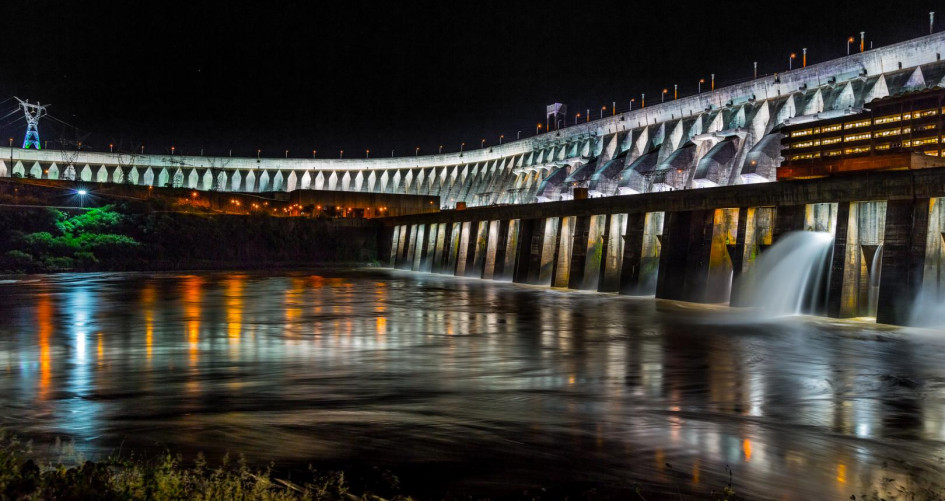Itaipu Dam Statement on Commitment at COP23
Located on the Paraná river between Brazil and Paraguay, the Itaipu Binacional hydroelectric power plant - the world’s largest generator of renewable energy – is committed to reverse any impacts on the environment and biodiversity of the region which construction inevitably brings.
“Hydropower is a vast and renewable energy resource but building the dams to harness it inevitably causes local damage. Itaipu’s plan, already launched, is to ensure a sustainable natural environment. This is our pledge to COP23,” said Helio Gilberto Amaral, director of Coordination at Itaipu Binacional.
Spanning 170 kilometers in length with a total flooded area of 1,350 square kilometers, the dam, owned by the two governments, is key to meeting 17% of the energy needs of Brazil and 78% of Paraguay’s.
Biodiversity
To ensure water quantity and quality, Itaipu has created an environmental conservation area, planting more than 44 million trees. The protected areas now total over 100,000 hectares, including reserves and wildlife refuges in both countries and the biological forest corridor that protects the reservoir.
Recently, Itaipu became the first hydroelectric plant in the world to have its own protected areas and supporting landscapes which are now recognized by UNESCO as a Biosphere Reserve.
In Paraguay, Itaipu is also responsible for coordinating the Paraguay Biodiversity program with support from the Paraguayan government and from the Global Environment Facility of the World Bank. The program aims to preserve biological diversity by linking forest fragments and promote sustainable land use.
In Brazil, protected areas connect to the south through the Santa Maria Biodiversity Corridor, with the Iguacu National Park, and to the north, with the Ilha Grande National Park in Mato Grosso do Sul. In both countries, Itaipu is also developing projects to conserve native animal species that are at risk of extinction.
Sustainable development
Although forest conservation is an essential safety measure for water security, it also depends on other environmental priorities, especially those that relate to land use.
Itaipu is situated in one of the most productive agriculure regions in Brazil and Paraguay. Therefore, the water bodies that connect the territory with the reservoir are subject to environmental threats arising from agriculture such as use of pesticides, waste from livestock production and soil erosion.
To mitigate these effects, Itaipu has taken a series of steps, including the terracing of agricultural areas (to manage rainfall drainage and increase soil water retention), the diffusion of direct or no-till planting (to reduce the need for pesticides and keep the soil covered throughout the year to retain moisture), and the use of livestock waste for the production of biogas (as an input for thermal, electrical and vehicular energy and for bio fertilizer).
In parallel, Itaipu is focused on raising awareness through environmental education programmes, encouraging organic agriculture and the adoption of crop-pasture-forest integrated systems, providing free technical assistance, the repairing of rural roads and the recovery and protection of springs.
In addition to ensuring energy and water supply, the border lake also provides a setting for leisure and tourism and underpins economic activities, including fisheries and agriculture.
These initiatives are also linked to the need to keep the dam power output growing in efficiency and to sustainably manage other business in the area.
For instance, the company has developed a production management system that manages shutdowns, such as for regular plant maintenance, depending on the flow of water in the reservoir. This maximum performance in the energy production process.
By introducing such enhanced production management measures, Itaipu established a new record in annual power generation with 103.1 million MWh produced last year. To generate the same amount of energy, a thermal source would require 583,000 barrels of oil per day.
Learn more about Itaipu’s initiatives.
Media contacts:
- Romeu de Bruns Neto, Itaipu Binacional/Brazil: + 55 45 9976 1857, romeu@itaipu.gov.br
- Carolina Avalos, Itaipu Binacional/Paraguay: +595 9735 86670, carolava@itaipu.gov.py
